Search
Search Results

Article
Medieval Cures for the Black Death
The Black Death is the 19th-century CE term for the plague epidemic that ravaged Europe between 1347-1352 CE, killing an estimated 30 million people there and many more worldwide as it reached pandemic proportions. The name comes from the...

Article
Death's Mansions: The Columbaria of Imperial Rome
A columbarium is an underground chamber, which the Romans used for preserving the ashes of the dead. During the 1st and 2nd centuries CE, hundreds of columbaria lined the consular highways leading out of Rome, although now only some two dozen...
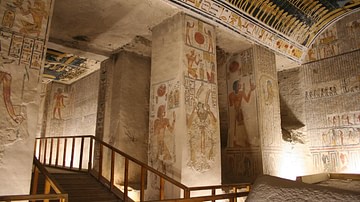
Collection
Death and the Afterlife in the Ancient World
Belief in an afterlife was common in the ancient world, as it is today, and each culture created its own unique vision of the land that existed beyond the grave. Even with their differences, there are many similarities, including a concept...

Article
Boccaccio on the Black Death: Text & Commentary
The Black Death is the name given to the plague outbreak in Europe between 1347-1352 CE. The term was only coined after 1800 CE in reference to the black buboes (growths) which erupted in the groin, armpit, and around the ears of those infected...

Article
Give Me Liberty or Give Me Death
"Give me liberty or give me death!” is the closing line from a speech made by Patrick Henry to the Second Virginia Convention on 23 March 1775, in which he argued that war with Britain was inevitable and a militia should be raised to defend...
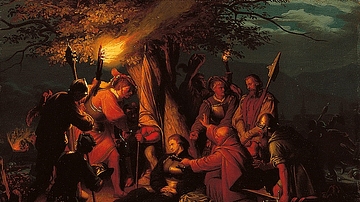
Article
Two Accounts of Zwingli's Death
Huldrych Zwingli (l. 1484-1531) died in the second of the Kappel Wars in 1531, a conflict between Catholic and Protestant forces. Afterwards, two accounts of his death emerged – one Catholic and one Protestant – differing in detail and notable...

Article
Passing of Philosophy to Religion: The Death of Hypatia
The death of the philosopher Hypatia of Alexandria (l. c. 370-415) has long been considered the "passage of philosophy to religion", exemplifying the transition from the pagan values of antiquity to those of the new religion of Christianity...
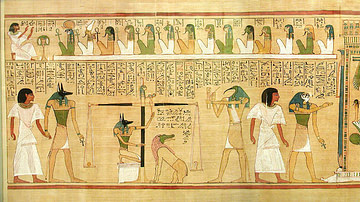
Image Gallery
A Gallery of Death and the Afterlife in Ancient Egypt
Death in ancient Egypt was understood as a transition of the soul from the earthly plane to the afterlife, a rebirth, not a conclusion. After death, the soul passed through judgment by the god Osiris and, if justified by a life well-lived...
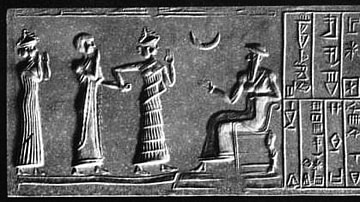
Article
The Death of Ur-Nammu
The Death of Ur-Nammu is a Sumerian lament over the passing of the king Ur-Nammu (r. 2047-2030 BCE), founder of the Third Dynasty of Ur, who was killed in battle fighting the Gutians in 2030 BCE. The poem is frequently cited for its depiction...
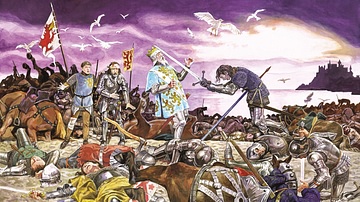
Image
Death of King Arthur by Marek Szyszko
"The Death of King Arthur" by Marek Szyszko. Courtesy of Medieval Warfare Magazine / Karwansaray Publishers.